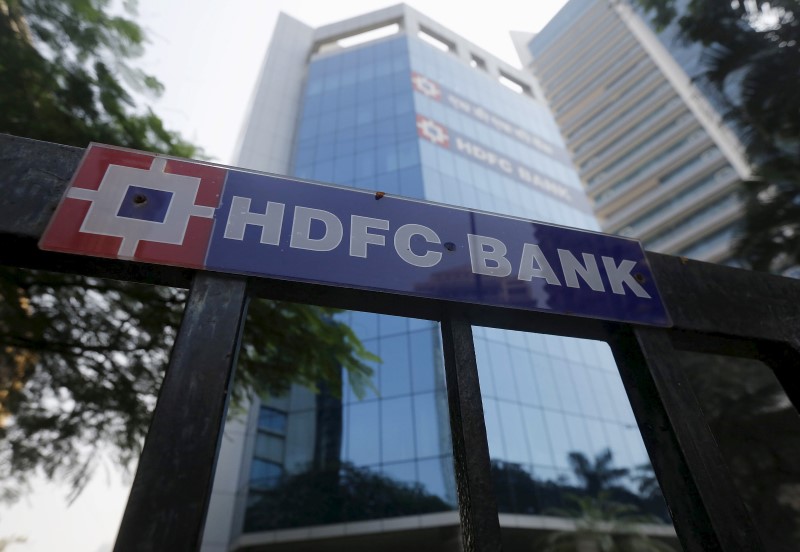India's banking sector has witnessed significant growth, with a year-over-year rise in deposits by 13.5%, reaching Rs. 196.1 lakh crore. This surge has been spurred by short-term rates and a nine-year peak in time deposit growth of 15.1%. Concurrently, credit offtake escalated by 19.3% year-over-year to Rs. 151.5 lakh crore. The HDFC-HDFC Bank merger and consistent demand for personal loans were major contributing factors to this upswing.
The Reserve Bank of India (RBI) has also recently increased the non-callable term deposits limit to Rs 1 crore, allowing premature withdrawal up to this value. This move provides greater flexibility for depositors. In particular, commercial and cooperative banks can now offer different interest rates on these deposits, often higher for non-callable types including NRE and NRO Deposits.
This policy change aligns with the redefinition of bulk deposits in 2019 as over Rs 2 crore from a single client. The alignment of callable and bulk deposit definitions enables banks to better manage interest rates and deposit policies, offering more flexibility to customers.
CareEdge forecasts a positive bank credit offtake growth of 13-13.5% in FY24, excluding the impact of the HDFC-HDFC Bank merger, despite potential threats from elevated interest rates and global uncertainties. However, system liquidity has turned into a deficit due to RBI's foreign exchange intervention, even with a high Credit Deposit (CD) ratio. This could potentially lead to RBI's Variable Rate Reverse Repo (VRRR) auctions.
Looking ahead, the upcoming festival season might further increase credit demand, while healthy government spending and redemption of government securities could help maintain balance in the system. These changes are effective immediately and are expected to perform robustly in FY24.
This article was generated with the support of AI and reviewed by an editor. For more information see our T&C.
